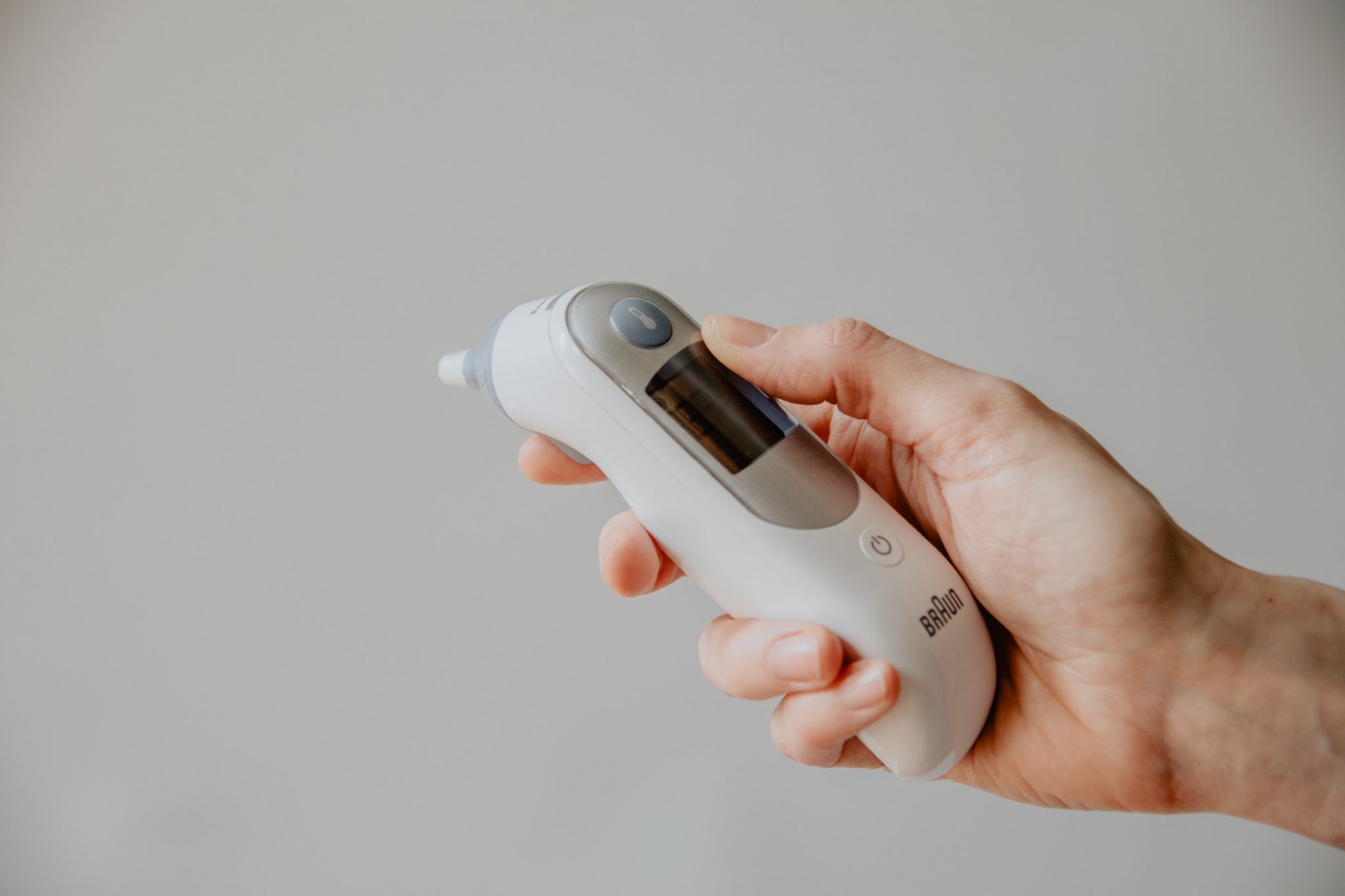Cutting-edge RPM Software: Revolutionizing Patient Monitoring in Healthcare
Discover the Power of Remote Patient Monitoring Modern Technology

Advantages of Remote Person Tracking
What are the key benefits of utilizing remote individual tracking technology in medical care settings? Remote individual monitoring innovation provides countless benefits that can significantly boost individual end results and healthcare performance. Among the key advantages is the capability to continuously keep an eye on patients' important signs and health and wellness metrics from their very own homes (software for remote patient monitoring). This real-time information permits healthcare service providers to find any kind of potential issues early, leading to timely interventions and protecting against unneeded hospital stays.
Moreover, remote individual tracking enhances client interaction and equips individuals to take an active role in managing their health. Clients can receive personalized feedback, education, and support based on their specific wellness information, bring about far better adherence to therapy strategies and enhanced overall health.

Exactly How Remote Tracking Works
Remote tracking innovation in healthcare entails the usage of digital tools to accumulate and track individual data remotely. These tools, such as wearable sensing units, mobile applications, and connected clinical tools, constantly keep track of vital signs, symptoms, and various other wellness indicators. The accumulated information is then transmitted firmly to doctor in real-time or at set up periods.
The process of remote monitoring starts with the setup of the monitoring tool, which is tailored to the specific wellness needs of the person. People are normally instructed on just how to utilize the devices correctly and are directed on the frequency of data transmission. As the tools track different health and wellness metrics, they produce important insights that help medical care specialists analyze the client's problem, identify any type of worrying trends, and make educated decisions regarding their treatment plan.
Remote surveillance modern technology runs with safe and secure data networks and cloud-based systems, guaranteeing the confidentiality and stability of patient info. This smooth flow of information enables prompt treatments, personalized treatment, and improved health and wellness outcomes for clients, particularly those with persistent conditions or seeking regular tracking.
Improving Person Engagement
Provided the fundamental role that remote monitoring technology plays in healthcare, boosting person engagement is critical to optimizing the advantages of this ingenious method to care. By actively including clients in their own wellness administration, remote client monitoring cultivates a feeling of empowerment and obligation.
Furthermore, remote patient surveillance helps with routine communication in between individuals and healthcare groups, enabling prompt treatments and customized care strategies. Engaging individuals with educational sources, personalized responses, and interactive tools better inspires them to stick to therapy protocols and take on healthier way of living choices. Ultimately, by promoting person interaction, remote monitoring technology improves the top quality of care, boosts health end results, and enhances the patient-provider partnership in a dynamic and patient-centered look at this web-site fashion.
Enhancing Healthcare Efficiency
Efficient medical care shipment depends upon the seamless integration of remote patient surveillance technology with existing care systems and operations. By incorporating remote client surveillance tools, doctor can streamline processes, enhance source allocation, and improve general effectiveness in providing care.
One secret facet where remote patient monitoring innovation improves effectiveness is in decreasing unneeded hospital check outs. With real-time surveillance of client vitals and signs and symptoms from their homes, healthcare companies can step in proactively, stopping difficulties and reducing the concern on emergency departments. Additionally, remote monitoring enables early detection of health and wellness wear and tear, allowing timely interventions and stopping medical facility readmissions.
In addition, remote individual tracking technology makes it possible for constant data collection, resulting in more targeted and individualized care strategies. This data-driven technique assists medical care experts make informed choices, focus on risky individuals, and assign sources efficiently. By incorporating remote monitoring technology right into existing healthcare systems, providers can enhance patient results, enhance functional efficiency, and eventually, supply better care.
Future Trends in Remote Surveillance

One more vital trend is the development of wearable tools and sensors for constant health surveillance. Wearables like smartwatches, fitness trackers, and medical-grade gadgets can track basics crucial signs, activity levels, and drug adherence, providing a detailed photo of an individual's health and wellness outside standard scientific setups.
Additionally, the fostering of telehealth solutions is projected to enhance, promoting remote consultations, monitoring, and follow-ups. Telehealth not only boosts access to look after patients in remote areas but also decreases health care expenses and enhances general individual end results. As these trends remain to progress, remote individual tracking is readied to play an essential function in the future of medical care distribution, advertising aggressive, tailored, and reliable individual treatment.
Verdict
To conclude, remote person surveillance modern technology uses various benefits such as enhanced client engagement, enhanced medical care performance, and capacity for future trends in medical care. This modern technology enables for constant monitoring of people beyond standard medical care setups, leading to far better health and wellness outcomes and minimized health care costs - software for remote patient monitoring. As remote monitoring remains to develop, it has the prospective to transform the way health care is delivered and boost the general top quality of person treatment
Remote patient surveillance innovation supplies many benefits that can dramatically enhance patient end results and healthcare performance. By actively including patients in their very own health monitoring, remote patient tracking fosters a sense of empowerment and responsibility.Moreover, remote client surveillance helps with normal communication between patients and medical care teams, enabling for prompt treatments and customized treatment plans. As these patterns proceed to evolve, remote individual surveillance is established to play a pivotal function in the future of medical care delivery, promoting positive, tailored, and efficient individual treatment.
In conclusion, remote client tracking modern technology offers many advantages such as improved patient interaction, improved health care effectiveness, and see this here potential for future trends in health care.